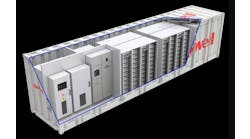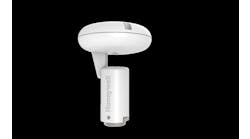While he said political narratives must change to spur new policies, Fausing acknowledged that progress was made in the year since the conference was held in Sønderborg, Denmark, where the Sønderborg Action Plan was adopted.
“In Sønderborg a year ago, we proved that reducing energy demand, along with increasing supply, is an essential yet overlooked component of the energy transition. And we illustrated it’s good for business, too, with most solutions having payback times of less than three years,” he said. “This was a turning point, but now is not the time to rest. Rather it’s time to implement, execute and follow-up on energy efficiency and machine productivity.”
While global energy efficiency progress reached 2.2% per year in 2022, twice the average over the previous five years, it’s still short of the 4% improvements needed annually during 2020-30 for the world to achieve the Paris Agreement’s climate goals. Global energy demand grew by 1% in 2022. Without progress on energy efficiency, the IEA states this increase would have been almost three times greater.
Fausing highlighted that the momentum for building new energy supply continues to dwarf efforts to reduce demand through energy-efficiency measures and called for an updated narrative about energy efficiency. Introducing the concept of “energy efficiency 2.0,” he said is more than reducing demand, and will become even more important as the clean-energy transition accelerates. He pointed to digital solutions such as the Internet of Things (IoT) and artificial intelligence (AI) to create the flexibility that energy systems will require as the share of renewables grows.
“Energy efficiency 2.0 means using electrification and sector integration to use our energy smarter, matching supply and demand,” he said. “We know that excess heat—from supermarkets, data centers, industry and wastewater treatment plants—in the EU corresponds to the total energy demand for hot water in residential and service sector buildings. Yet, it’s mostly unutilized. Put simply, there will be no net-zero future without energy efficiency.”






